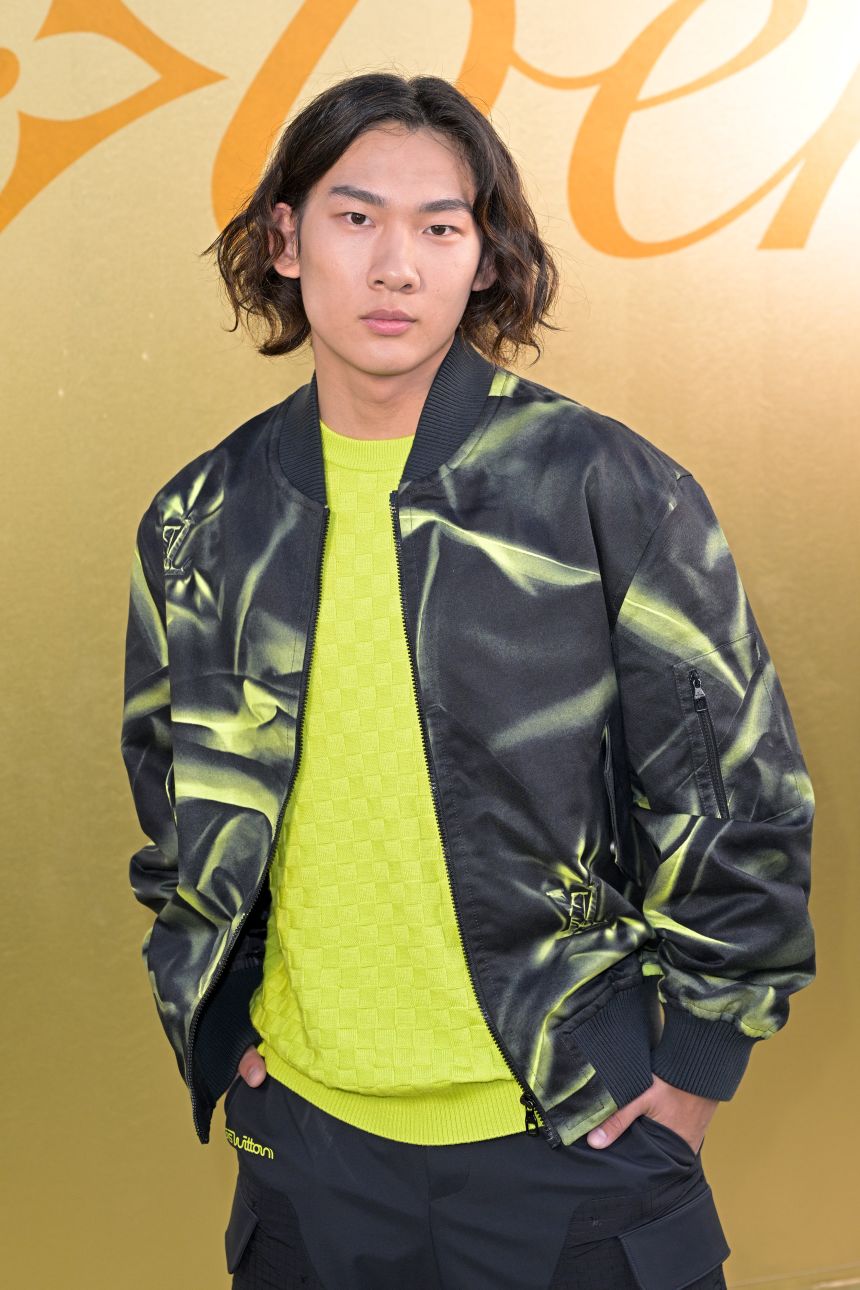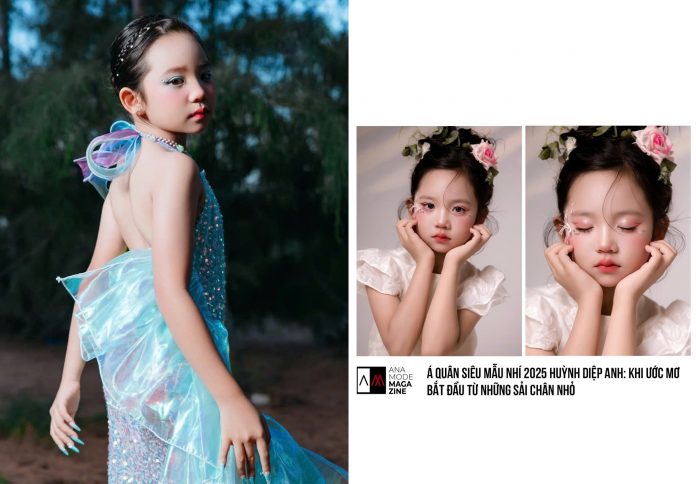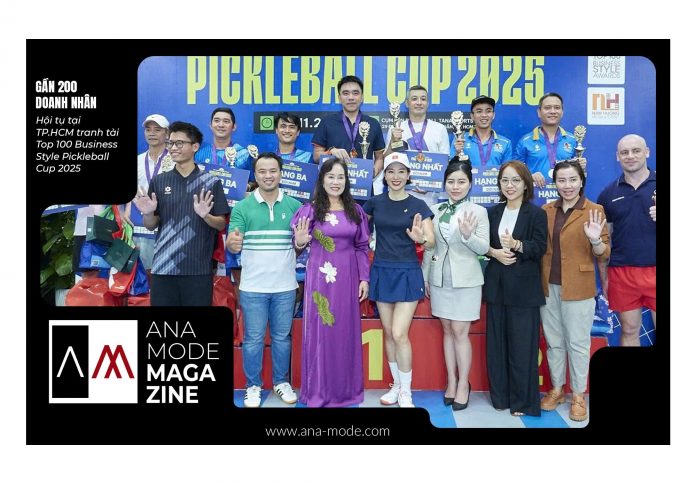At just 21 years old, Chinese snowboarding sensation Su Yiming is not merely preparing for the Milan-Cortina 2026 Winter Olympics; he is actively defining the sport’s future. Following his historic gold medal in Big Air and silver in Slopestyle at the Beijing 2022 Games—achievements that instantly cemented his status as a national icon—Su has transitioned from a precocious talent to a global standard-bearer. His preparation for 2026 involves a rigorous combination of technical mastery in his trick repertoire and a strategic focus on physical conditioning and mental resilience. Having already pushed the boundaries of the sport by landing the world’s first successful 1800 degree rotation, the young star’s training is centered on innovating new tricks and ensuring his body can withstand the constant, high-impact demands of elite competition. Su Yiming is ready to prove that his 2022 success was not a peak, but merely the starting point of his dominance.
The Beijing Aftermath And National Icon Status
Su Yiming’s success at the Beijing 2022 Winter Olympics catapulted him from a talented young athlete into one of China’s most recognizable and revered sports figures. His medals fundamentally altered the trajectory of winter sports in the country.

A New Generation’s Hero: Su’s gold in the men’s Big Air and silver in Slopestyle were historic firsts for Chinese men’s snowboarding, sparking a massive surge in interest and participation in winter sports across the nation. His genuine emotion and humble demeanor on the podium resonated deeply, turning him into a cultural phenomenon. This national pride has translated into immense external pressure, a challenge he and his team are strategically managing as they look toward the next Games.
The Training Shift: In the immediate wake of 2022, Su took a necessary break to manage the demands of his newfound fame before returning to a structured training regimen. His current program focuses less on competitive volume and more on quality and precision. The goal is to maximize innovation while mitigating the physical wear and tear that comes with mastering high-difficulty, inverted rotations.
Technical Evolution: Pushing The 2000-Degree Barrier
Su Yiming’s competitive advantage lies in his relentless pursuit of technical innovation, consistently adding degrees of rotation and complexity to his already formidable trick arsenal.

The 1800 Benchmark: At the 2022 Games, Su was the first competitor to successfully land the 1800 degree rotation (five full spins) in a competition, a feat that instantly raised the global standard for Big Air snowboarding. His continued preparation for Milan 2026 is based on moving past this benchmark. His team is now strategically developing and practicing tricks that involve greater rotation, possibly aiming for the elusive 2000-degree rotation or combining multiple flips with high-degree spins.
Slopestyle Strategy: While Big Air demands spectacular one-off tricks, Slopestyle requires seamless, highly technical execution across a complex course of rails, boxes, and jumps. Su’s training for this event is focused on run consistency and integrating his most advanced rotations into the flow of the course. The emphasis is on flawless landings and demonstrating control, which ultimately yields higher scores under Olympic judging criteria.
Preparation: The Mental And Physical Balance
Su’s current training is a holistic blend of intense physical conditioning, skill refinement, and dedicated mental health management—all essential components for sustaining peak performance over a multi-year Olympic cycle.

Physical Fortitude: The high-impact nature of Big Air and Slopestyle, particularly with increased rotation, puts enormous strain on an athlete’s joints and ligaments. Su’s physical preparation heavily features strength and conditioning work designed to build explosive leg power for take-offs and core stability for precise, controlled landings. Injury prevention is a primary focus, utilizing specialized exercises to mitigate the risk of career-threatening sprains and tears.
Mental Resilience and Focus: Managing the psychological burden of being a national idol and a gold medal favorite is a constant challenge. Su’s team employs strategies to maintain his mental focus, shielding him from the relentless media and sponsorship demands. Techniques emphasizing visualization and controlled risk-taking are critical, allowing him to approach new, highly dangerous tricks with a calm, analytical mindset rather than succumbing to fear or external pressure.
The Road Ahead: Competition And Innovation
The lead-up to the 2026 Games involves a strategic selection of World Cup and international events designed to test new tricks and maintain competitive sharpness without revealing all his secrets too early.

Strategic Competition: Su is not expected to compete in every major event. Instead, his schedule is carefully chosen to provide high-level competitive stress and allow his body recovery time. These events are vital for testing the technical viability of his new rotations and ensuring they score well under a competitive judging panel. The feedback from these competitions will inform the final design and execution of his Olympic runs.
The Global Standard: The sport of snowboarding is characterized by rapid, global innovation. Su’s success pushes his rivals—athletes from countries like the USA, Japan, and Canada—to also increase their own trick difficulty. This creates a fascinating and intense arms race of aerial maneuvers. For Su to retain his dominance in Milan, his final pre-Olympic season must be dedicated to perfecting moves that are currently at the absolute edge of human capability.











